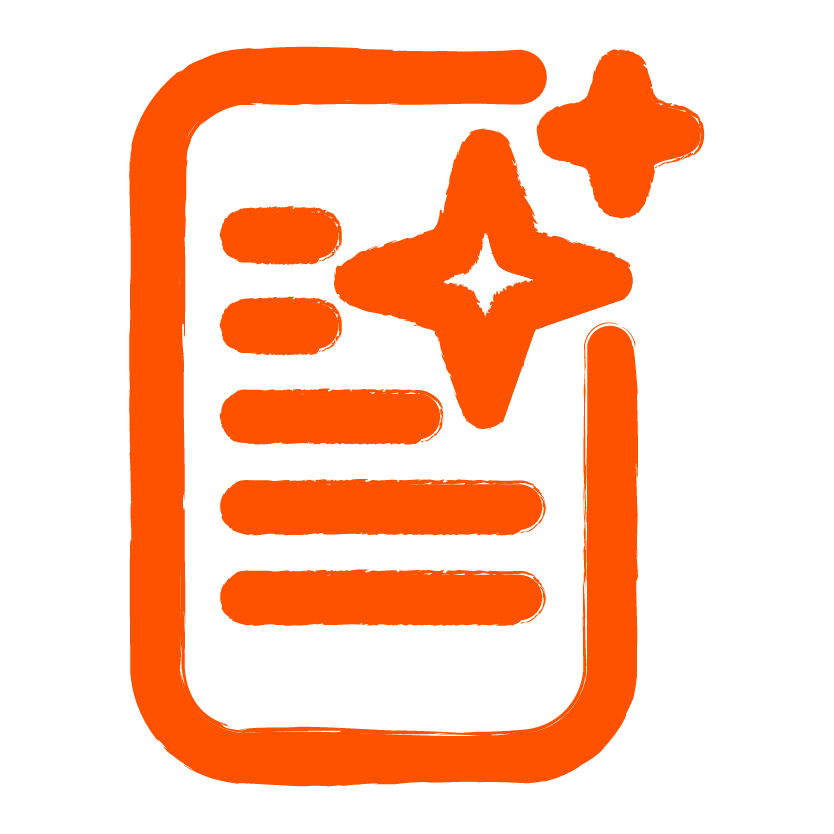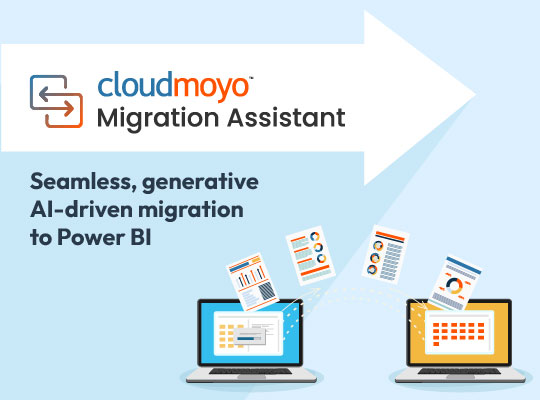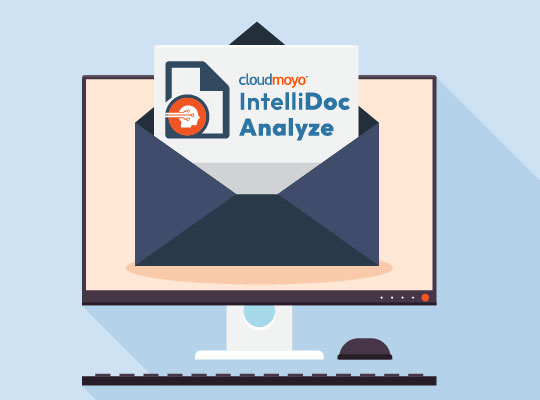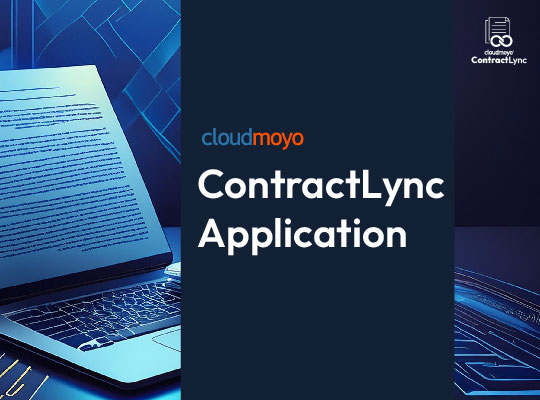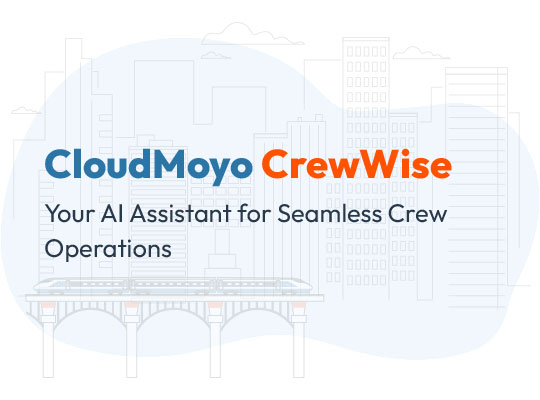According to research by Gartner, nearly three-quarters of new apps will be created using low-code or no-code technologies by the year 2025. This means that you don’t need specialized coders or IT teams to build apps to serve your organization!
Application development (or app dev) is a go-to solution to solve many business challenges. However, not every business has an application suite that meets all the necessary requirements – businesses need custom apps. But the pressure to build these customized apps falls on the shoulders of IT resources that might not have the time nor skills to execute, especially within restricted timelines.
However, from the stakeholder’s point of view, the business cannot afford the months of effort it usually takes to build apps. Factoring in cost, app development starts to seem more of a hassle than a solution.
Low-code/no-code is our hero, simplifying app development and allowing the end-user to take app development into their own hands. It is the visual (not textual) way of app development which includes drag-and-drop features, pre-built connectors, and other smart components. It empowers business owners without expertise in coding and people from domains outside of IT to easily create business apps faster, without splurging heavily as one might the conventional way. On average, more than 40% of employees outside of the IT industry customize or build technology solutions.
Benefits of Low-Code/No-Code App Development
According to a Microsoft survey, using no-code or low-code has had a positive impact of nearly 80% on work satisfaction and workload by users. Gone are the days when organizations would need only pro developers to create business applications to solve the company’s business challenges. App development has been democratized with the introduction of low-code app development platforms such as Microsoft Power Platform. Low-code app dev has several advantages for the developer compared to traditional heavily coded apps including:
- 50-90% time reduction to create apps
- Elimination of technical complexities and the need to allocate skilled resources for app dev
- Lower spend on skilled IT developers
- Functionality on mobile, desktop, and browser
- Automation of labor-intensive business processes
- Flexibility, allowing for quick adoption of the solution
- Freedom to create business capabilities to focus on business objectives
Most stakeholders are citizen developers. They understand their business requirements perfectly but have little to no expertise in coding to create an app to fulfill those requirements. In such circumstances, the simplest solution is low-code technology that can give quicker results without going through the hassle of outsourcing to scarce and expensive IT resources. Given the need and effectiveness of low-code, the market today offers several tools that can help a citizen developer to create custom apps including Microsoft Power Apps, Wix Editor X, DW Kit, Mendix, and more.
There are many factors to consider while choosing the right platform – security, compliance, cost, usage, and even scalability. Microsoft is one of the oldest and most reliable contenders in this space and it’ll check most of the boxes in your set of requirements. If you’re looking to get started with custom app dev, Microsoft Power Apps are worth considering.
Learn more about the whole spectrum of Microsoft Power Platform here!
Power Apps? What’s That?
Power Apps is a Microsoft service that’s a part of Microsoft’s Power platform. Through Power Apps, “everyone can quickly build and share low-code apps.” Even though it’s accessible to everyone, Power Apps can only be used to create business apps, not consumer apps rolled out on Play Store or App Store. There are three types of Power apps:
- Canvas: Start as you would with a blank canvas. You can drag and drop elements onto the canvas to design your app. Feel free to position and/or format those elements to create a user interface best suited for your business. Once that’s complete, connect it to multiple data sources using simple formulas (like those used for Excel). Canvas apps are easy to use and are built creatively by anyone with a rudimentary technical understanding.
- Model-Driven: These types of apps have a data-first approach, pull data from Microsoft Dataverse, and offer much less customization to the user interface as compared to canvas apps. Microsoft Dataverse is a cloud-based repository connected to business applications that may or may not have organized data-making model-driven apps more suited for developers having scattered data over multiple sources. With model-driven apps, you can add components like dashboards, charts, and forms to your app quickly.
- Portals: These apps also pull data from Microsoft Dataverse but are customer-facing apps created for purposes like raising a ticket or getting a status of a request.
Other Low-Code/No-Code Tools
Microsoft Power Apps is the strongest contender among all low-code platforms and indeed a powerful tool that enables process automation while keeping intact the security one would expect from a Microsoft platform. Apart from Power Apps, here are some of the most common low-code tools:
- DWkit
- Google AppSheet
- Looker 7
- Mendix
- OutSystems
- Robocoder Rintagi
- Salesforce Lightning
- Temenos (formerly Kony)
- Wix Editor X
- Yellowfin 9
- Zoho Creator
Transform the Smarter Way
More than 80% of enterprises have picked low-code platforms to reduce stress on IT resources and enhance speed-to-market. With the number of advantages low-code/no-code has to offer, it’s safe to say it isn’t just the future of app dev – it’s the present. However, like any other innovation, it has its limitations (reduced flexibility, dependability of platforms to mitigate risk, vendor lock-in, etc.). But if a quick, smart, dependable, and cost-effective app is what your business needs, low-code/no-code app development is just the thing!
Ready to get started with low-code/no-code application development? Connect with us!


